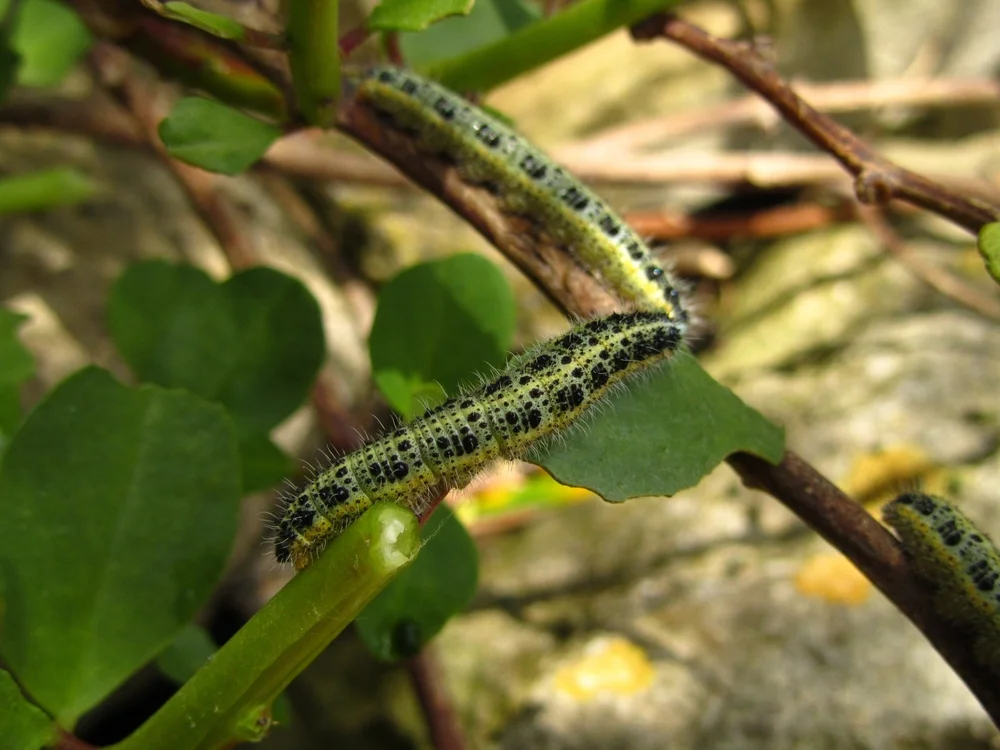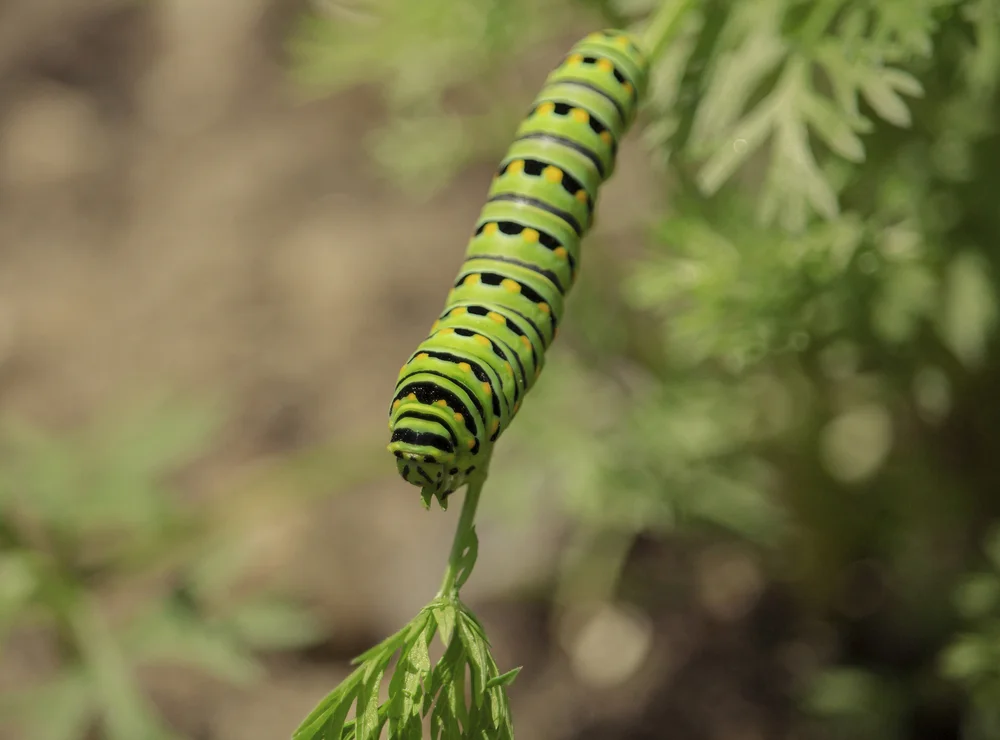Description and Characteristics
Tapeworms are parasitic flatworms belonging to the class Cestoda. They have long, ribbon-like bodies consisting of multiple segments called proglottids. The head of the tapeworm, known as the scolex, possesses specialized structures such as hooks or suckers that attach to the intestinal wall of their host. Tapeworms lack a digestive system and absorb nutrients directly through their body surface.
Habitat and Hosts
Tapeworms typically inhabit the digestive tracts of vertebrate animals, including mammals, birds, fish, and reptiles. They can parasitize a wide range of hosts, including humans. Different species of tapeworms have adapted to parasitize specific host species, often with complex life cycles involving intermediate hosts such as insects or other animals.

Life Cycle
The life cycle of a tapeworm typically involves multiple stages. Eggs or proglottids containing eggs are shed from the tapeworm’s body and passed out of the host’s digestive system through feces. These eggs are then ingested by intermediate hosts, where they develop into larvae called cysticercoids or cysticercus larvae. When the intermediate host is consumed by the definitive host, the tapeworm larvae develop into adult tapeworms in the host’s intestine, completing the life cycle.
Types and Species
There are numerous species of tapeworms belonging to different genera, each with specific characteristics and host preferences. Some common tapeworm species that infect humans include Taenia saginata (beef tapeworm), Taenia solium (pork tapeworm), and Diphyllobothrium latum (fish tapeworm). Each species has unique morphological features and life cycles.
Symptoms and Health Effects
Tapeworm infections in humans, known as taeniasis or cestodiasis, can vary in severity depending on the species and the number of worms present. Symptoms may include abdominal discomfort, diarrhea, weight loss, and nutritional deficiencies. In some cases, tapeworm infections can lead to more serious complications such as intestinal obstruction or inflammation.
Prevention and Treatment
Preventing tapeworm infections involves proper hygiene practices, such as washing hands before eating and thoroughly cooking meat and fish to kill any potential tapeworm larvae. Treatment for tapeworm infections typically involves anthelmintic medications, which are drugs specifically designed to kill parasitic worms. In some cases, surgery may be required to remove tapeworms or treat complications.
Impact on Hosts and Ecosystems
Tapeworm infections can have significant effects on the health and fitness of their hosts, including reduced growth rates, reproductive impairment, and increased susceptibility to predation or other diseases. In natural ecosystems, tapeworms play a role in regulating host populations and influencing food web dynamics.
In summary, tapeworms are fascinating yet potentially harmful parasites that have adapted to a wide range of hosts and environments. Understanding their biology, life cycles, and interactions with hosts is essential for effective management and control of tapeworm infections.


